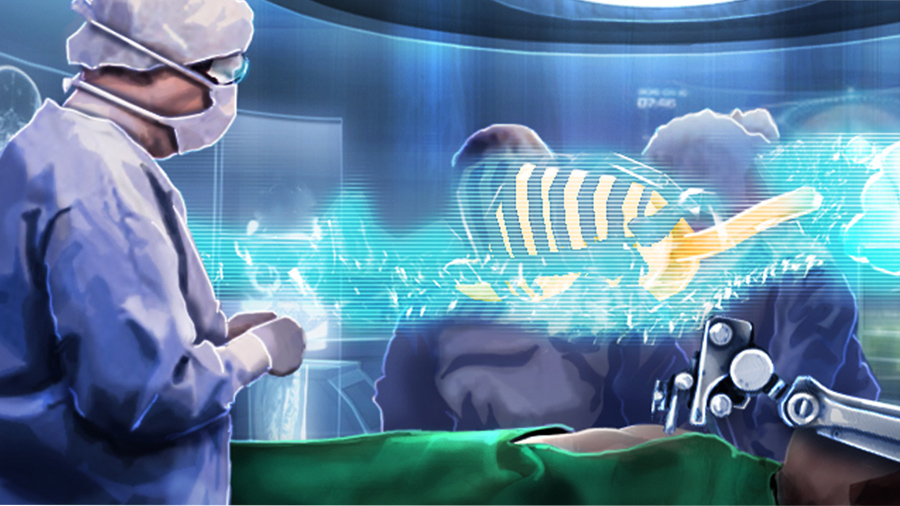Computer-assisted surgery

Image used with permission under CC BY 2.0 license. Source: Brother.
Robotic surgery, computer-assisted navigation, and personalized instrumentation and implants are no longer science fiction: Many institutions already use some of these technologies, and ever-improving functional capabilities continue to open new possibilities.
Computers can calculate basic operations 10 million times faster than the human brain.
Will they eventually replace orthopedic surgeons in the operating room?
In a dedicated three-part article, Orthopedic surgeons Justin Chang, Ahmed Magan, Mark Roussot, and Georges Vles shed a light on this highly dynamic field with a special focus on joint replacement.
They give a comprehensive overview of the topic including the evolution of computer-assisted surgery (CAS), the current evidence for and against its use, and the direction CAS could take in the future.
This article is part of a series that AO Recon publishes three or four times per year. Each issue is dedicated to a current topic in the field of joint preservation and replacement.
Previous topics are:
- Periprosthetic joint infection
- Positioning of the acetabular component in THA
- Gap balancing versus measured resection in TKA


